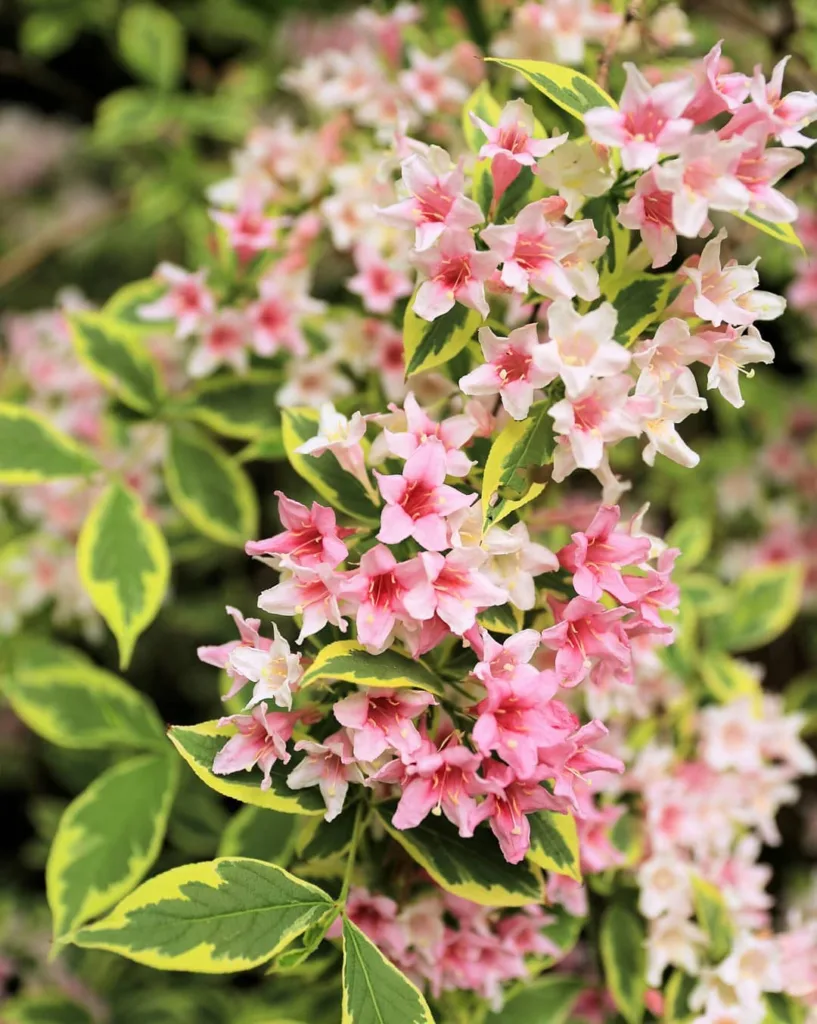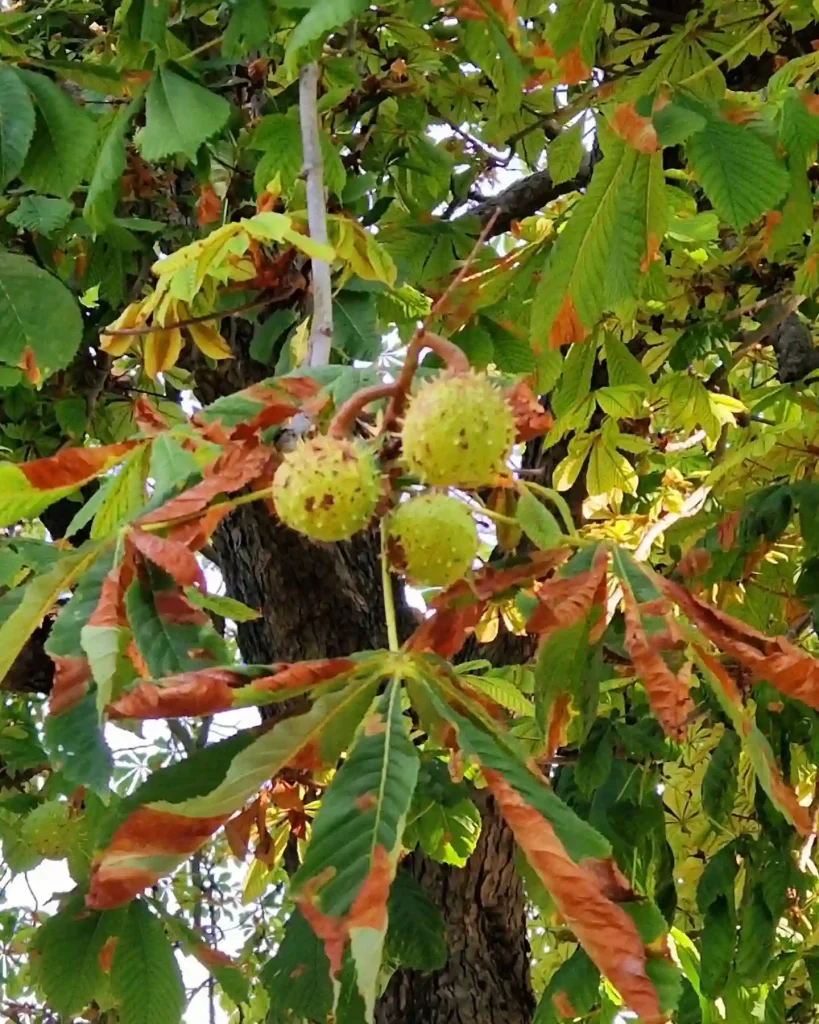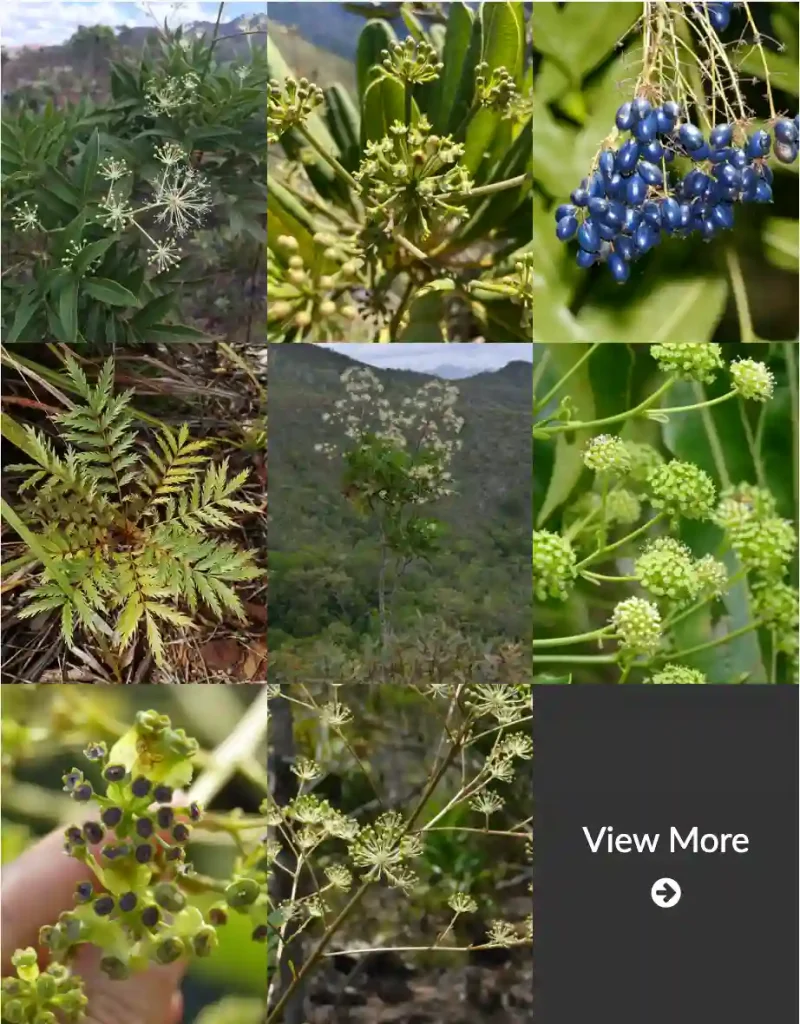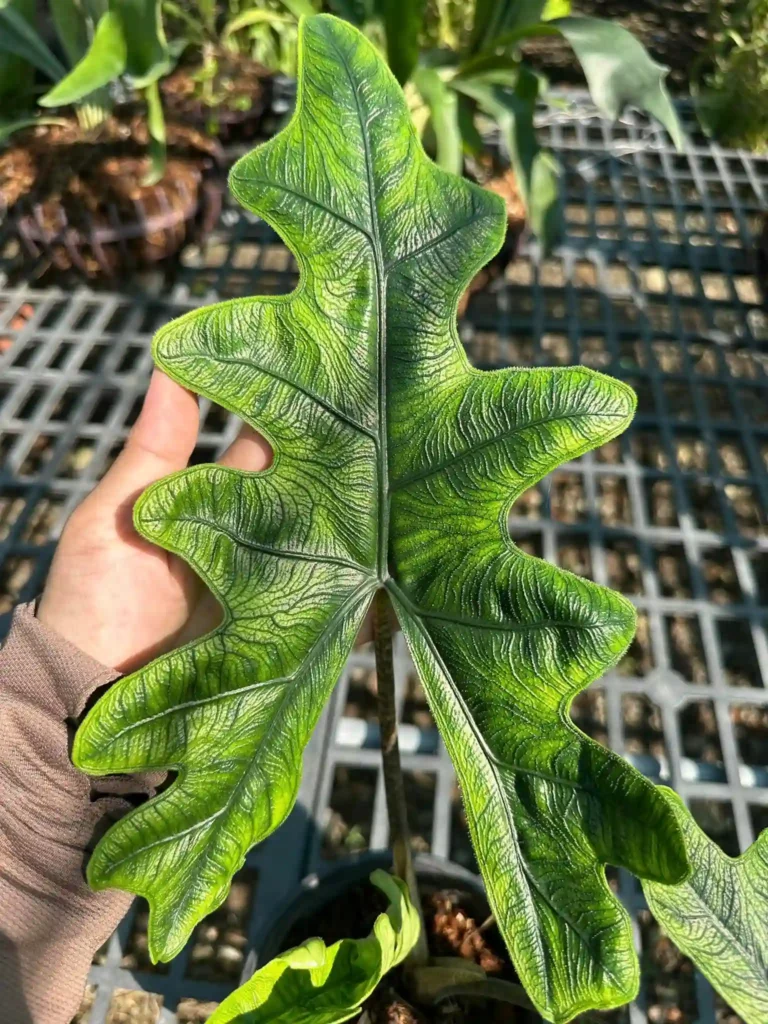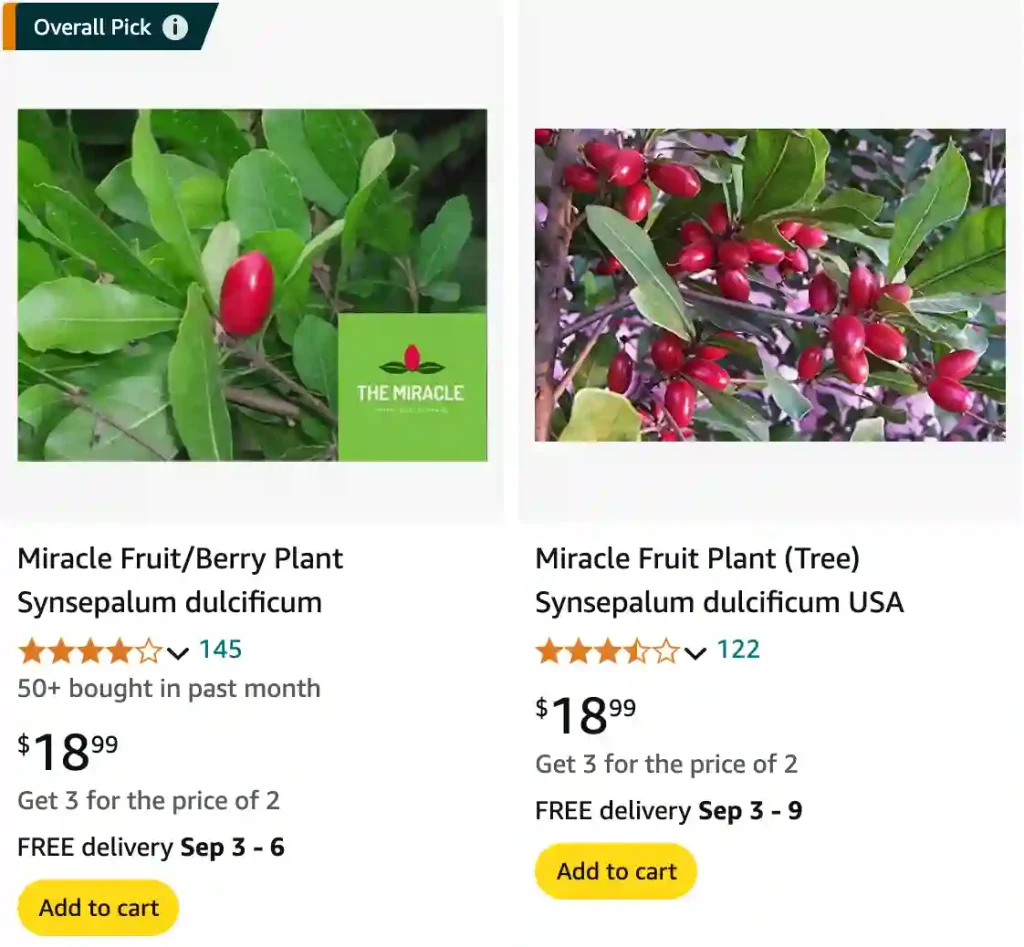
FAQs About Miracle Fruit
When I first heard about Miracle Fruit, I was intrigued by its unique properties and the buzz surrounding it. If you’re curious about this fascinating fruit, you’re not alone. Here’s a comprehensive guide to answer some of the most frequently asked questions about Miracle Fruit, based on my experiences and research.
What is Miracle Fruit?
Miracle Fruit, scientifically known as Synsepalum Dulcificum, belong to the Sapotaceae family, is a small berry native to West Africa. The fruit is famous for its ability to temporarily alter your taste perception, making sour foods taste sweet. This is due to a protein called miraculin found in the fruit, which binds to the taste buds and changes their response to acidic foods.
Plant Family: 74 Genera in Sapotaceae
Why is Miracle Fruit Illegal?
In some places, Miracle Fruit is illegal or restricted. This is often due to its potential impact on the food industry. For instance, its ability to make sour foods taste sweet could disrupt normal food consumption patterns, which might affect everything from dietary habits to the economics of food production. Additionally, concerns about its use in food manipulation and its potential for misuse contribute to its regulatory status.
How Long Does Miracle Fruit Last?
The effects of Miracle Fruit typically last for about 30 minutes to 2 hours after consumption. The duration can vary based on individual taste sensitivity and the type of acidic foods eaten. The fruit itself has a relatively short shelf life, usually a few days when fresh. If you want to preserve it, freezing or making it into a powder are good options.
Where Can I Buy Miracle Fruit?
You can find Miracle Fruit through specialized online retailers, some health food stores, and sometimes at local farmers’ markets. If you’re interested in growing your own, some nurseries and online gardening stores sell Miracle Fruit plants or seeds.
How to Eat Miracle Fruit?
To enjoy the effects of Miracle Fruit, start by consuming the berry itself or its extract. Chew the fruit thoroughly and let it coat your tongue. After that, eat or drink something sour, like a lemon or lime. You’ll be amazed at how sweet it tastes!
How to Grow Miracle Fruit?
Growing Miracle Fruit can be a bit of a challenge but is definitely rewarding. It thrives in tropical and subtropical climates. Start with well-drained, acidic soil and a spot with filtered sunlight. The plant can be grown in pots if you’re in a non-tropical area. Regular watering and occasional feeding with a balanced fertilizer will help it flourish.
What to Eat with Miracle Fruit?
Miracle Fruit pairs well with a variety of sour foods. Citrus fruits like lemons and limes are popular choices. Other good options include sour candies, vinegar, and even certain cheeses. The fruit can transform these normally tangy items into sweet treats.
Is Miracle Fruit Safe to Eat?
Yes, Miracle Fruit is generally safe to eat. It has been consumed for centuries in its native regions without significant adverse effects. However, if you have any allergies or medical conditions, it’s always wise to consult with a healthcare provider before trying new foods.
What is the Miracle Fruit That Cures Diabetes?
There is some confusion around this topic. Miracle Fruit itself does not cure diabetes, but it might have benefits for managing blood sugar levels due to its effect on taste perception. It can help people with diabetes enjoy sweeter-tasting foods without consuming extra sugar. Always consult with a healthcare professional for diabetes management.
How to Cook Miracle Fruit?
Miracle Fruit is not typically cooked; it is usually consumed fresh or used in culinary experiments to alter taste perception. You can incorporate it into recipes where a sweet flavor is desired without adding sugar, such as in drinks or desserts.
How to Store Miracle Fruit?
Fresh Miracle Fruit should be stored in the refrigerator and used within a few days. If you have a larger quantity, freezing the berries can help extend their shelf life. Dried Miracle Fruit can be stored in an airtight container in a cool, dry place.
How to Take Care of Miracle Fruit Plant?
Caring for a Miracle Fruit plant involves ensuring it gets enough warmth, humidity, and light. Water the plant regularly but avoid waterlogging. Fertilize it every few months with a balanced, water-soluble fertilizer. Pruning is also beneficial to maintain its shape and encourage healthy growth.
Miracle Fruit vs Goddess Fruit
Miracle Fruit and Goddess Fruit are often confused due to their similar names, but they are different. Goddess Fruit, or “Goddess of the Night,” is known for its unique aroma and is not related to the taste-altering properties of Miracle Fruit.
Miracle Fruit vs Goji Berry
While Miracle Fruit and Goji Berry are both touted for their health benefits, they serve different purposes. Miracle Fruit is known for its taste-altering properties, while Goji Berry is valued for its high antioxidant content. Both have their unique uses, but they are not interchangeable.
Conclusion
Miracle Fruit is a fascinating and unique fruit that offers a fun and surprising experience. From its intriguing ability to change taste perception to its potential health benefits, it’s a fruit that definitely piques interest. Whether you’re curious about trying it yourself, growing it, or simply learning more, understanding these FAQs can help you appreciate the wonder of Miracle Fruit.
If i die, water my plants!
